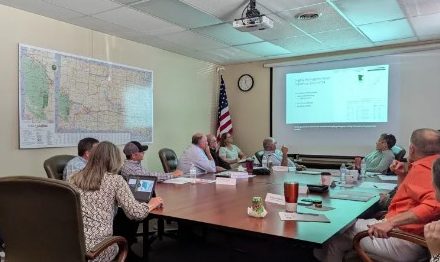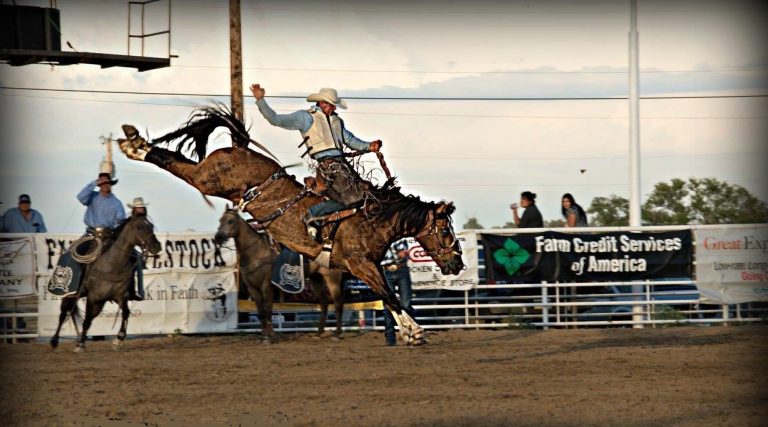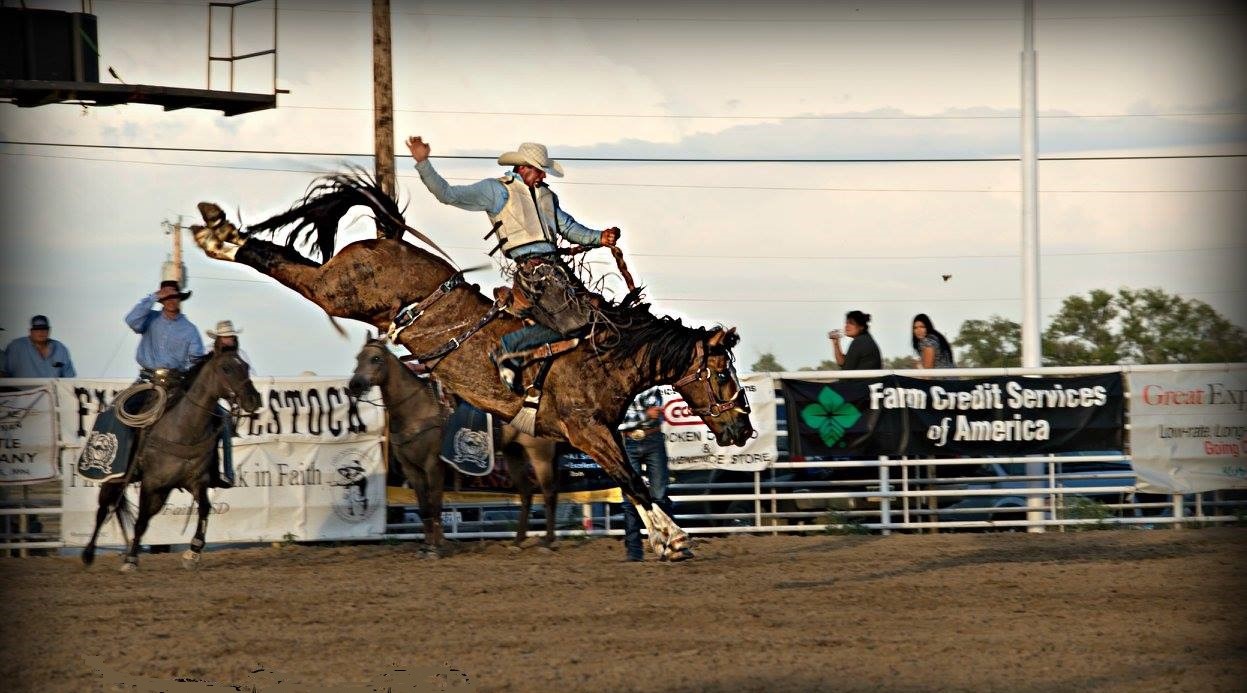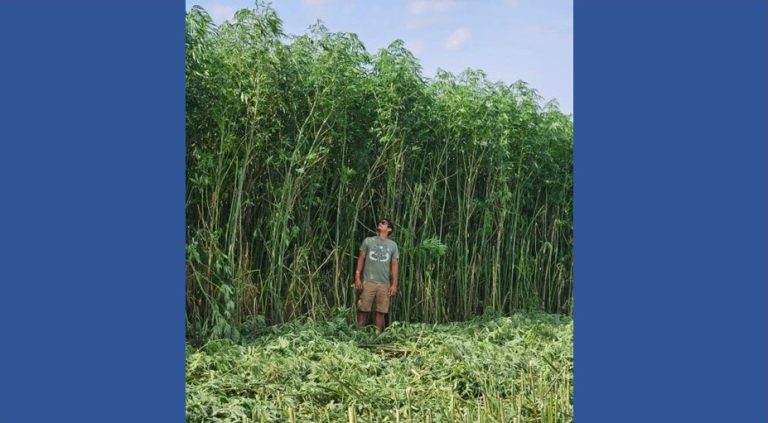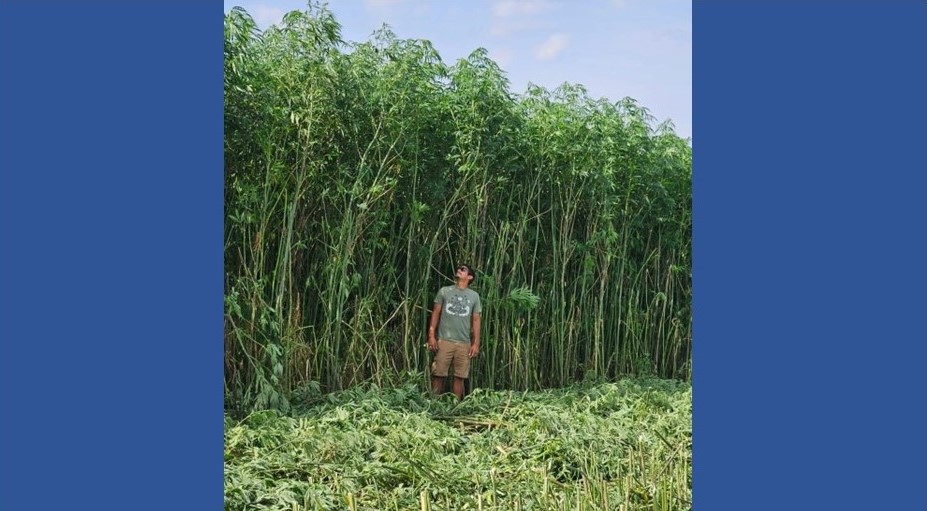PIERRE, S.D.— Five dairies in South Dakota have now had cows test positive for avian influenza as part of a nationwide H5N1 outbreak.
State Veterinarian Beth Thompson shared the information on Tuesday, July 9, 2024 as part of her annual report on behalf of the South Dakota Animal Industry Board.
Thompson didn’t publicly identify the dairies or their locations.
That is four more than the South Dakota Department of Agriculture and Natural Resources (SDANR) has previously told the public about beginning April 11, 2024 when USDA first confirmed H5N1 in a South Dakota dairy herd.
The South Dakota Department of Health quickly issued a news release the following day that said the risk of human infection was low and there currently was “no concern about the safety of the commercial milk supply or risk to consumer health.” The release referred readers to the department’s H5N1 web page.
Thompson told the board there have been 140 cases of dairy-herd infections in 12 states. But later remarks by Thompson said she estimated that as many as 25% of cows within H5N1-positive herds, had been infected with avian influenza. That could reflect a much larger number of dairy-herd infections.
Infected states include South Dakota, Idaho, Wyoming, Colorado, New Mexico, Texas, Kansas, Iowa, Minnesota, Michigan, Ohio and North Carolina.

The unanswered question for Thompson remains how H5N1 is being spread. “I’m afraid we’re still in the middle of it.”
Lynn Boadwine, a Baltic, S.D., dairy producer who serves on the SD Animal Industry Board, said dairies have sick pens, but those usually aren’t large enough to accommodate a 2,000-head herd that has 200 cows become sick from H5N1 at the same time.
Boadwine said he doesn’t know how H5N1 is transmitted. “I don’t think we really have it nailed yet,” Boadwine said. “That’s why all this research work is going on.”
Also not being reported publicly by the South Dakota Animal Industry Board is the number of dairy cows that have died or been slaughtered because they did not recover.
In a story published in June in Illinois Farm Policy News, Russ Daly, a professor with South Dakota State University and veterinarian for the SDSU Extension office said, “In South Dakota, a 1,700-cow dairy sent a dozen of the animals to slaughter after they did not recover from the virus, and killed another dozen that contracted secondary infections.”
According to Phil Drust, an educator with Michigan State University Extension, a farm in Michigan killed about 10% of its 200 infected cows after they too failed to recover from the virus.
In the same story, Ohio Department of Agriculture spokesperson Meghan Harshbarger said infected cows have died in Ohio and other affected states, mostly due to secondary infections.
The Texas Animal Health Commission also confirmed that cows have died from secondary infections at some dairy operations with avian flu outbreaks.
Since the detection of H5N1 in dairy cattle in March, USDA has worked to assess the prevalence of the virus in U.S. dairy herds and to use the latest scientific data to learn about the virus and to quickly contain the disease event. As part of this multifaceted approach, on May 10, USDA announced several financial assistance options for producers with affected herds.
⌊ See Complete Coverage Of First Ever H5N1 Avian Influenza Outbreak In Dairy Cows and Humans 〉
